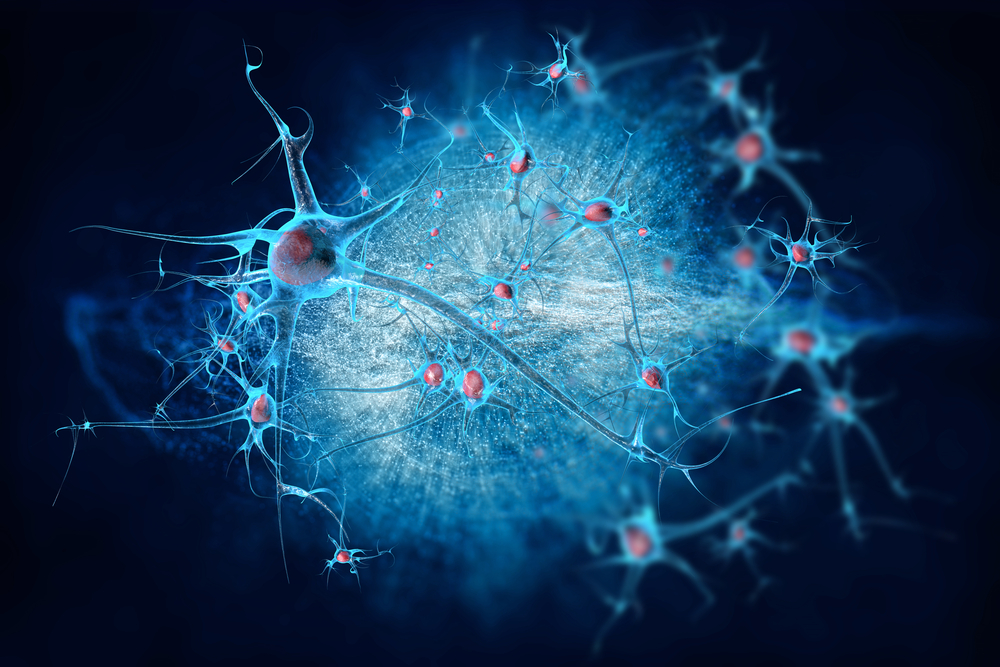Therapies Targeting LRRK2 Gene Could Benefit Broad Population of Parkinson’s Patients, Study Finds

The LRRK2 gene may play an important role in nonhereditary Parkinson’s disease, not just the familial form as previously thought, researchers at the University of Pittsburgh School of Medicine have discovered.
“This discovery is extremely consequential for Parkinson’s disease because it suggests that therapies currently being developed for a small group of patients may benefit everybody with the disease,” J. Timothy Greenamyre, MD, PhD, the study’s senior author, said in a press release. Greenamyre is the Love Family Professor of Neurology at Pitt’s School of Medicine, chief of the movement disorders division at the University of Pittsburgh Medical Center, and director of the Pittsburgh Institute for Neurodegenerative Diseases.
These new findings were reported in the study, “LRRK2 activation in idiopathic Parkinson’s disease,” published in Science Translational Medicine.
Parkinson’s disease is a chronic and progressive neurodegenerative condition caused by the loss of dopamine-producing neurons in the substantia nigra, a brain region involved in the control of voluntary movements. It is estimated to affect 1 million people in the U.S. and up to 10 million worldwide.
There are two basic types of Parkinson’s: the familial hereditary form of the disease, which is associated with genetic mutations that make individuals more prone to develop Parkinson’s; and the idiopathic nonhereditary form of the disease, where the causes are unknown.
Genetic mutations in the leucine-rich repeat kinase 2 (LRRK2) gene — which provides instructions for making a kinase, a type of protein that regulates the function of many others — that cause an overactivation of the protein have been associated with the familial form of Parkinson’s.
However, researchers still do not know if the normal, nonmutated LRRK2 gene could also play a role in the idiopathic form of the disease.
The Parkinson’s Disease News Today forums are a place to connect with other patients, share tips and talk about the latest research. Sign up today!
To answer this, investigators set out to analyze the activity of LRRK2 in postmortem brain samples from patients with idiopathic Parkinson’s, who did not have genetic mutations in LRRK2, and healthy individuals from the same age group used as controls.
But studying LRRK2 is difficult because its levels in the brains of Parkinson’s patients are extremely low and hard to detect.
To overcome this, Greenamyre’s team took advantage of a technique called proximity ligation assay, which works by attaching special fluorescent molecules to LRRK2 that glow red when the protein is active, allowing researchers to spot them under a microscope.
Investigators found that LRRK2 activity was increased in dopamine-producing neurons from the substantia nigra of patients with idiopathic Parkinson’s, in comparison with healthy controls.
Interestingly, they observed the same trend in two different rat models of the disease, suggesting that LRRK2 overactivity seems to be important not only for patients with genetic mutations in LRRK2, but also for other individuals with the idiopathic form of the disease.
They then found that LRRK2 activity is linked to alpha-synuclein — a protein that accumulates inside nerve cells, producing small structures called Lewy bodies — that is considered a hallmark of Parkinson’s disease.
Using an animal model of Parkinson’s, they discovered that LRRK2 activation actually blocks the mechanism cells use to clear excessive alpha-synuclein, eventually leading to an abnormal buildup of the protein inside nerve cells.
Researchers then treated these animals with an investigational treatment intended for patients with familial Parkinson’s that works by blocking LRRK2 activity. Remarkably, they observed that the therapy was able to prevent both the accumulation of alpha-synuclein and the formation of Lewy bodies inside nerve cells.
These findings show that, regardless of genetic mutations, the LRKK2 gene plays a role in both types of Parkinson’s disease, indicating that LRRK2 inhibitors may be useful to treat patients with the idiopathic or familial form of the disease.
“We believe that LRRK2 inhibitors may be beneficial not only for the 3 to 4% of people with [Parkinson’s disease] who carry LRRK2 mutations but also for [idiopathic Parkinson’s disease] patients who do not carry LRRK2 mutations,” the authors wrote in the study.
In the future, Greenamyre’s team aims to investigate how LRRK2 overactivity can be prevented, as well as determining the underlying mechanisms that cause its activation in Parkinson’s patients.






